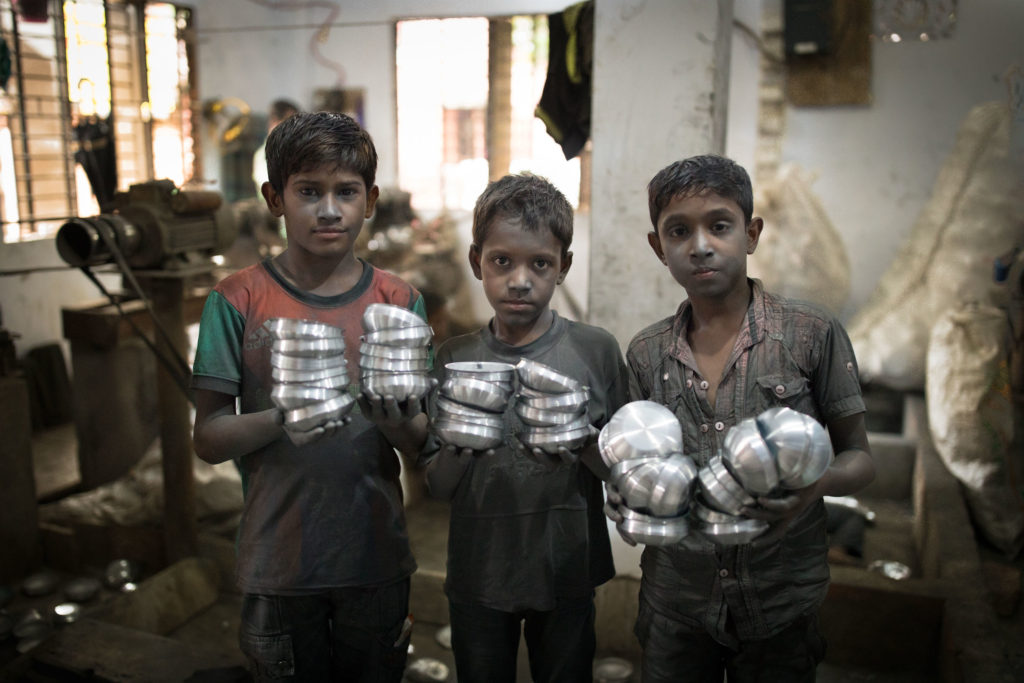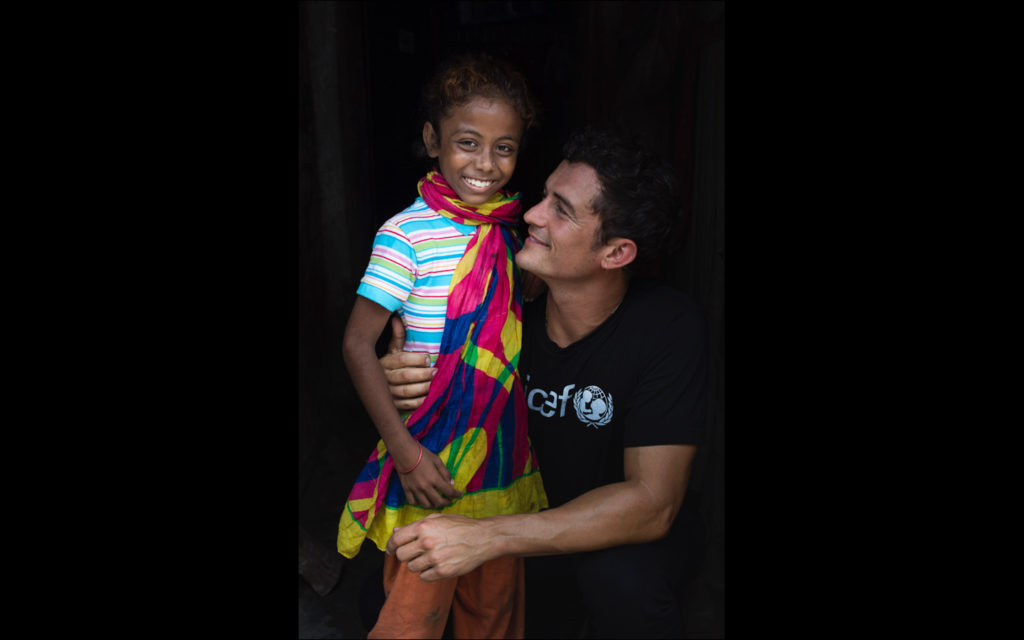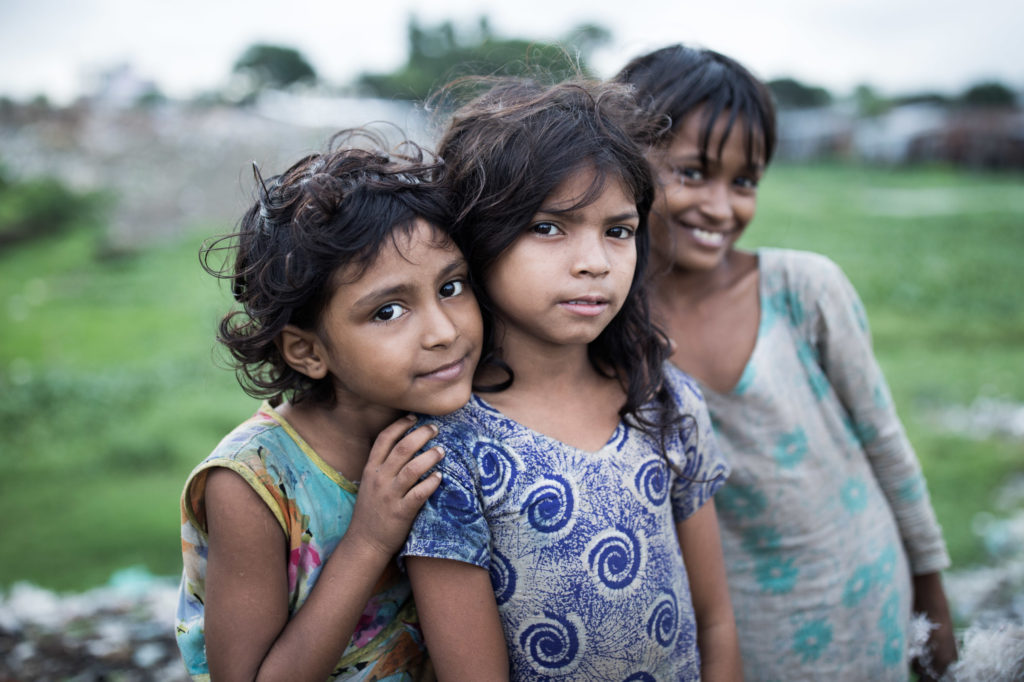Last Updated: February 14th, 2020
Behind every powerful image is a powerful story.
This is the tag line for National Geographic show Tales by Light. It does an excellent job of summarizing what you can expect from the TV show – which emphasizes more heavily the stories of the photographers and environments they are exposing through their picture work.
If you are like us, your exposure to it probably came through its distribution on Netflix. As of this writing, there are 3 seasons currently streaming. Unlike so many shows these days, they are also presented in a 30-minute run time, which is bite sized enough that you can watch one or two without feeling like you must commit overwhelmingly to it. This is pretty much a requirement for almost every show I watch these days, with a few exceptions like Stranger Things and The Haunting of Hill House, due to my generally busy schedule as a wedding photographer and business owner.
Tales by Light season 3 focuses on three photographers and the stories they find important to share.
Spread across six episodes, each story is told in 2 parts. For the purpose of this review of the latest season, we are going to take a look at each of these stories on their own, then break down our final thoughts on the entire season as a whole.
Tales by Light – Season 3 – Episodes 1-2
“Children in Need”
Photographer: Simon Lister
 The story of “Children in Need” plays out much like one of those Feed the Children commercials that played heavily during the 90’s. It’s not really a surprise, given we follow a photographer who is capturing images – some candid, many portraits – for UNICEF. The United Nations International Children’s Emergency Fund (UNICEF) is a charity organization with devotion to feeding, clothing, and providing emergency care to children devastated by war and in poverty.
The story of “Children in Need” plays out much like one of those Feed the Children commercials that played heavily during the 90’s. It’s not really a surprise, given we follow a photographer who is capturing images – some candid, many portraits – for UNICEF. The United Nations International Children’s Emergency Fund (UNICEF) is a charity organization with devotion to feeding, clothing, and providing emergency care to children devastated by war and in poverty.
It is in a 60-minute piece of programming like this where so many conflicting thoughts can be had. This conflict, in the least, is one way to identify that the show is doing something right – and there is a level of success to the storytelling.
Where we struggle, especially when looking significantly into the world of poverty-stricken kids and child labor in other (often third world) countries – is the conflict between the photographer’s role as a documentarian, and the feeling (however small), that some of what is being done is exploitative.
Not to mention, bringing along an A-list level celebrity, Orlando Bloom, who was made famous through the Lord of the Rings and Pirates of the Caribbean trilogies, certainly brings more attention – but it’s questionable whether it’s for the bettering of the goal, or is detrimental due to the disconnect between the prestige of celebrity status vs. the extremely low social status of the people encountered in this episode.
 On one hand (and this point is made repeatedly through the episodes), the purpose of the photographic mission in these locations is to showcase the reality of life for these people. It isn’t all bad, but it’s certainly very difficult when compared with what most people reading this review have with more modern luxuries, and homes built on solid foundations.
On one hand (and this point is made repeatedly through the episodes), the purpose of the photographic mission in these locations is to showcase the reality of life for these people. It isn’t all bad, but it’s certainly very difficult when compared with what most people reading this review have with more modern luxuries, and homes built on solid foundations.
At times, what is seen in the show and in the resulting images is very simple.
Pictures of the people as they live their lives.
Seeing as kids collect trash to sell to help their families make ends meet is a powerful thing. Maybe even more powerful is seeing the same kids playing on piles of trash like it’s a bouncy castle. It’s that sort of scene that resonates with me about their ability to persevere despite their environment – and it’s outside of the types of things I’ve already seen time and again in video and photographs of people living in the extreme poverty found in nations like this.
 The portrait photography preference of Simon Lister is unique and powerful compared to just candidly taking photos of people in action. The deliberateness of his posing technique. The little moment of joy he can bring to a child who is enamored by seeing a camera and their likeness in the screen after their photo has been taken. It’s quite intense when viewing the images after the fact. They serve the purpose of giving the poor, who often are neglected or not given much attention, a face.
The portrait photography preference of Simon Lister is unique and powerful compared to just candidly taking photos of people in action. The deliberateness of his posing technique. The little moment of joy he can bring to a child who is enamored by seeing a camera and their likeness in the screen after their photo has been taken. It’s quite intense when viewing the images after the fact. They serve the purpose of giving the poor, who often are neglected or not given much attention, a face.
In all, the first two episodes of Tales by Light season 3 are good. It’s imperfect, but it’s almost expected given the subject matter and restraint of the 30 minute/episode format. Unlike the other episodes of the season, the split focus on a photographer (Simon Lister) and a celebrity (Orlando Bloom) serves to be more of a distraction vs. just emphasizing the photographers point of view.
In addition, as a show on photography, it could have been interesting to explore some of the techniques being employed as well. As it moved quickly from scene to scene, it’s hard to ignore the question of how such great images could be captured while working in the constantly evolving and busy environments, some that could even be considered ugly shooting locations. How is the right light somehow found even in a dark alleyway and no flash is (appearing) to be used? How do you keep shooting despite just running through a rain storm without any covering on the camera?
Tales by Light – Season 3 – Episodes 3-4
“Paradise in Peril”
Photographer: Shawn Henrichs
 “Paradise in Peril” shifts focus dramatically (no pun intended) to a look at underwater ecosystems and the impact of humans on them. These are our favorite episodes of the series – in heavy part because the visuals on display are a real treat.
“Paradise in Peril” shifts focus dramatically (no pun intended) to a look at underwater ecosystems and the impact of humans on them. These are our favorite episodes of the series – in heavy part because the visuals on display are a real treat.
Under the ocean when looking at hundreds of distinct species of fish, coral, and so on – the diversity is insane. We’ve always known this. We’ve seen it with our own eyes when snorkeling in Mexico. But it’s a real trip to relive again and again, and see new variations, on film and in photographs.
Where this episode diverges from that experience we related to is it’s different setting – Raja Ampat in Indonesia. The first few glimpses we saw of this place, and we were definitely saying “wow” to each other. With absolutely stunning views, it is the type of place that seems fairly untouched by humans. This is actually what lured this photographer, and as it turns out, a larger eco-conservation project supported by the government in the country. The relative lack of human touch has allowed this place to blossom heavily with diverse species. Not just this, but large quantities of them, too!

Being true to life, while most of the episode does highlight the good things that go on here, and the beautiful things on display like a hidden lake of stinger-less jellyfish – it also highlights some of the troubles. Over fishing, definning of sharks, poaching of animals – the list goes on.
While mostly seen in previous footage that pre-dates the shooting team sent to film the show, one segment that felt particularly inauthentic (while understandable) was an instance where the photographer & film crew stumble across the carcass of a sea turtle killed by a poacher. The feeling of this section came across as very much staged. While we can understand this is likely a reality in this place, the impression we had that it was not actually real makes for a pretty poor documentary.
Despite this little blemish, the rest of the episode continues in an effort to amaze and connect the viewer with the beauty of the ocean. Watching Shawn as he photographs a model and her interactions (some natural, others staged) with a manta ray is intoxicating stuff. We’ve never really observed these creatures all that much, but seeing it in motion and how it interacts with a person – it’s really just amazing. The photos that resulted are nothing short of amazing – the subject matter, shooting environment, and so on really come together to create something unique and sensational.

Tales by Light – Season 3 – Episodes 5-6
“Preserving Indigenous Culture”
Photographer: Dylan River

The last set of episodes in this season of Tales by Light takes a look at the Aboriginal tribes of Australia – specifically the Wardaman people. If the name of that tribe sounds totally unfamiliar to you, then you’ll fit right in with us as we watched.
This is a type of topic we’ve seen covered quite heavily on a number of documentaries in the past. Mostly really poor or bland ones on the History channel. Needless to say, we weren’t nearly as excited to watch this as we were the previous episodes, but we gave it a shot.
Dylan’s approach to photography and purpose for wanting to document these things are what shine through for us most heavily. Having a background steeped in this culture, it’s an interesting perspective to see as he hikes through some strikingly beautiful desert canyons with an elder of a group of people who could very well see the last of their days not far from now. It’s a strange thing to watch really, as it’s given to us as simple television, but the actual things being observed and captured are historic and painful. The loss of culture, the loss of language, the loss of art and history…all of these things may be inevitable, especially for such small groups in the world, but the least that the modern world can give back is a chance to preserve their histories through this medium.
 [blockquote align=”left” author=”Dylan River”]My wish is for people to get a unique insight into Aboriginal culture, to feel a sense of ideology, the connection to the land, the peacefulness. That’s very important for me to feel that people take something special from this episode.[/blockquote]
[blockquote align=”left” author=”Dylan River”]My wish is for people to get a unique insight into Aboriginal culture, to feel a sense of ideology, the connection to the land, the peacefulness. That’s very important for me to feel that people take something special from this episode.[/blockquote]
Unlike the other episodes in this series, these final ones were much more quiet and reflective. It’s a mood well suited for the subject matter, and the approach to photography and videography. While, yes there is absolutely plenty of conversations going on, it’s the hum of the nature where these tribesmen live that resonates and almost makes us want to live in an environment like this.